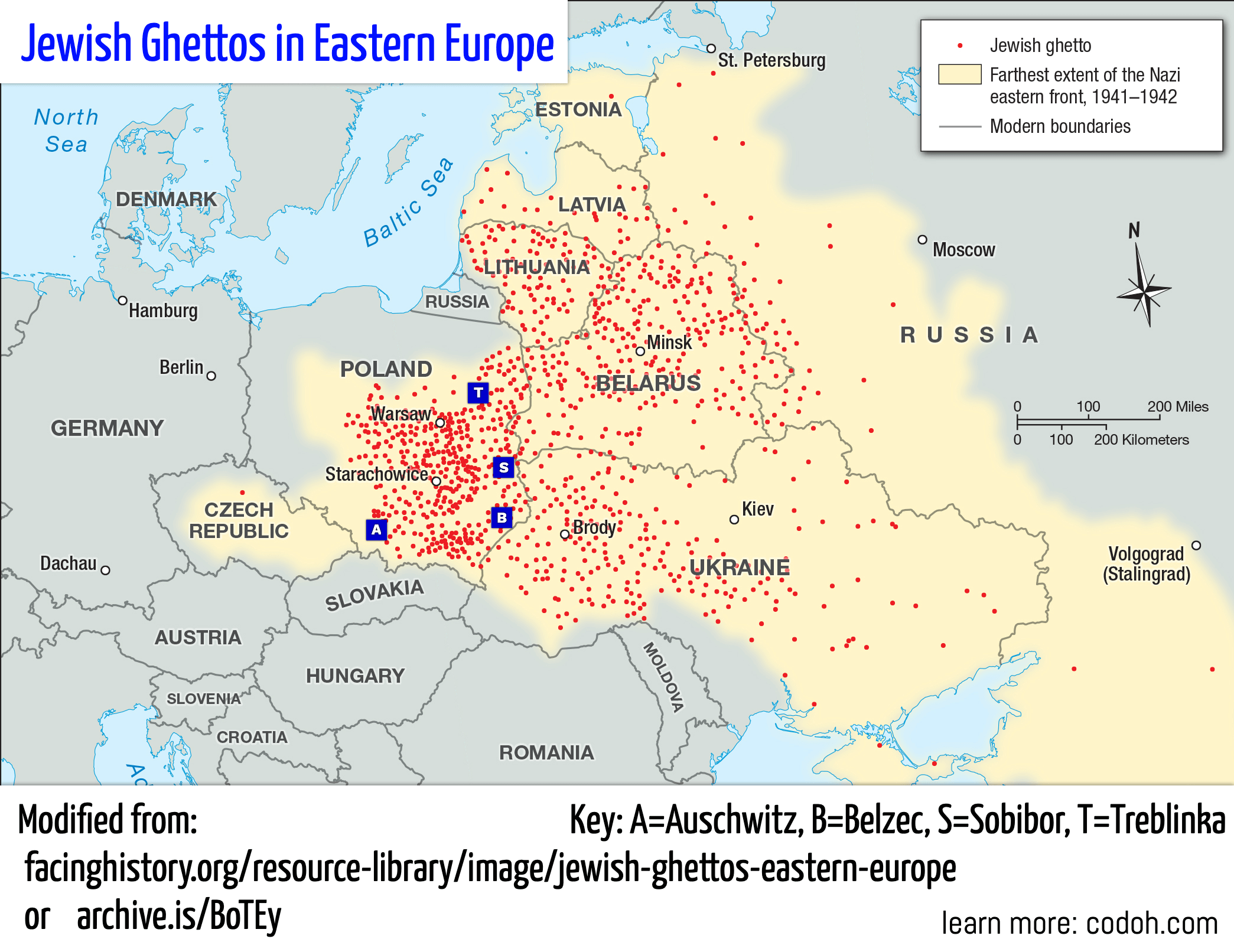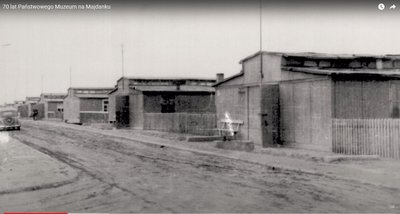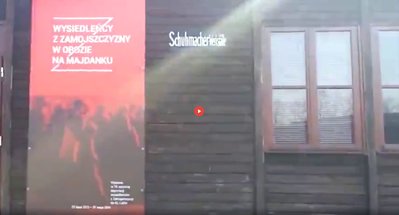i was reading Christopher Browning's book about the Reichsbahn and found the very last section of the book extremely interesting. he translates a number of rare documents i've never seen mentioned before. the following is the most interesting one, because it survives only in a romanian copy supposedly translated from german and written by a certain Bruno Klemm during a train conference in berlin on the 26th and 28th of september 1942 regarding evacuations from the general government and deportations of romanian jews into the general government. here is Browning's translation into english:
Agenda:
1. The evacuation of 600,000 Jews of the General Government.
2. The dispatching of 280,000 Romanian Jews into the General Government.
EVACUATION OF POLISH JEWS
To point 1) Urgent transports, proposed by the Chief of Security Police and SD [Security Service], namely:
2 trains per day from the district of Warsaw to Treblinka
1 train per day from the district of Radom to Treblinka
1 train per day from the district of Kraków to Bełzec and
1 train per day from the district of Lemberg to Bełzec
must be carried out with 200 freight cars, that have already been made available for this purpose by the General Directorate of the Eastern Railroad in Kraków [Generaldirektion der Ostbahn in Krakau], insofar as this is feasible.
After the completion of the restoration of the Lublin–Chełm line, probably on or after 1 November 1942, the other urgent transports can also be
carried out, namely:
1 train per day from the district of Radom to Sobibór
1 train per day from the northern region of the district of Lublin to Bełzec and
1 train per day from the central region of the district of Lublin to Sobibór
insofar as this is feasible and the required number of freight cars is available. It must be assumed that after the reduction of potato transports the Main Car Allocation Office [Hauptwagenamt] will have the possibility to assign to the General Directorate of the Eastern Railroad in Kraków the
additional cars that are necessary for these trains, so that the desired train traffic proposed here can be completed by the end of the year.
DEPORTATION OF ROMANIAN JEWS
To point 2) the Romanian railway [representatives] telegraphed on the day of the conference that they could not attend the conference for technical reasons and asked for the conference to be postponed. The conference that took place without the representatives of the Romanian railway produced the following results. The departure station in Romania for the special trains is Adjud on the Ploesti-Cernautzi line, the border station with the General Government is Sniatyn [Śniatyn], the destination is Bełzec. It is envisaged that a special train, composed of 50 freight cars and one passenger car (for the escort personnel) for the transport of 2,000 people, shall run every second day. In order to avoid that it returns empty, German covered freight cars that are already in Romania or will arrive there will be used. The general representative of the German railway in Bucharest, together with the Romanian railway, will be requested to arrange that the cars for carrying out the transports will be made available, though probably somewhat later than originally intended, in agreement with T.K. Bucharest [Transportkommando Bucharest?] and WTL Süd Ost [Wehrmachttransportleitung or Military Transport Directorate South East?]. The handover of the special trains by the C. F. R. [Romanian national railway] will be carried out punctually on the transportation days, in agreement with the General Directorate of the Ostbahn in Kraków, so that they can depart from Sniatyn in the direction of Lemberg at 1:03.
Klemm
this very much piqued my interest because you very rarely belzec, sobibor and treblinka mentioned together and so explicitly in a singular document, if ever. i know there are a few other rare examples, such as when Himmler himself calls treblinka a transit camp in a certain document (don't ask me to find it right now).
the background to this document raises many questions: these camps were supposedly pure extermination centers - why have this information recorded by foreign actors (romanians)? additionally, why are the end-stations specifically set as sobibor, belzec and treblinka? who was responsible for managing the transfer of jews from these camps further east, if this was not decided on at the train conferences? additionally, point (2) of the document talks about jews being transferred into the general government from romania, and this section of the document still talks of "destination Belzec", which indicates the Belzec would receive and dispatch trains into the general government. orthodox holocaust historians sometimes accept that trains were transited through these camps but never "further east", with the exception of a few trains supposedly transferring jews to Majdanek. this document seems to imply that jews came from romania and would be transited at Belzec to the General Government.
is anyone else aware of this document or other similar ones that explicitly mention these camps?








